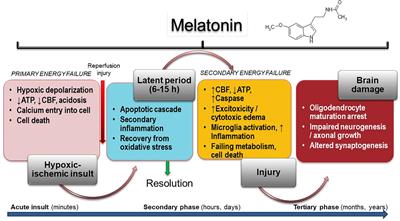EDITORIAL
Published on 03 Sep 2021
Editorial: Neuroprotection in Synaptic Signalling During Neurological Disorders
doi 10.3389/fnsyn.2021.746487
- 10,027 views
13k
Total downloads
113k
Total views and downloads
EDITORIAL
Published on 03 Sep 2021
REVIEW
Published on 24 Aug 2021
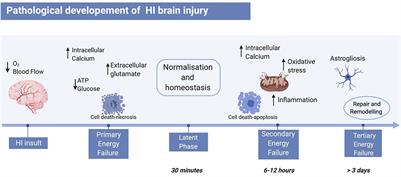
MINI REVIEW
Published on 23 Jun 2021
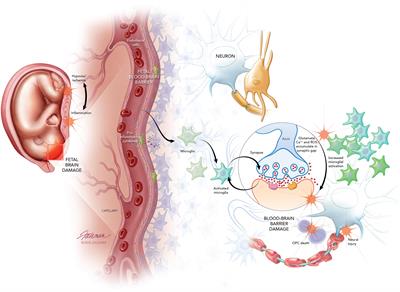
REVIEW
Published on 22 Apr 2021
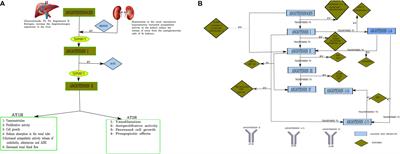
MINI REVIEW
Published on 23 Sep 2020
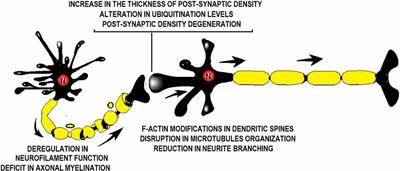
REVIEW
Published on 25 May 2020
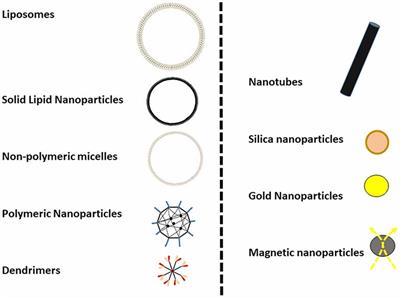
ORIGINAL RESEARCH
Published on 12 Feb 2020
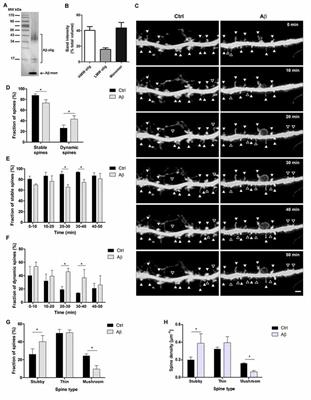
REVIEW
Published on 10 Dec 2019
